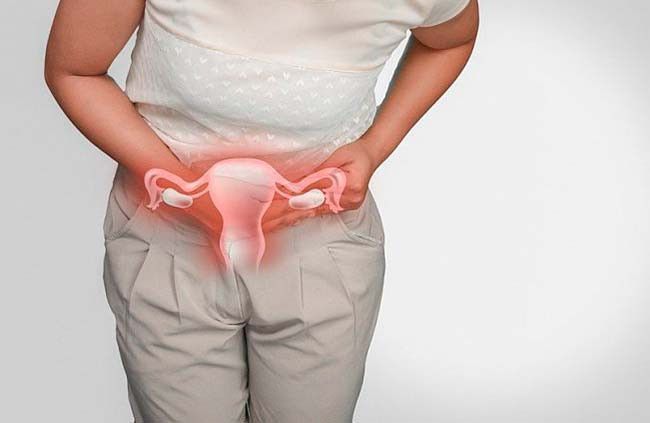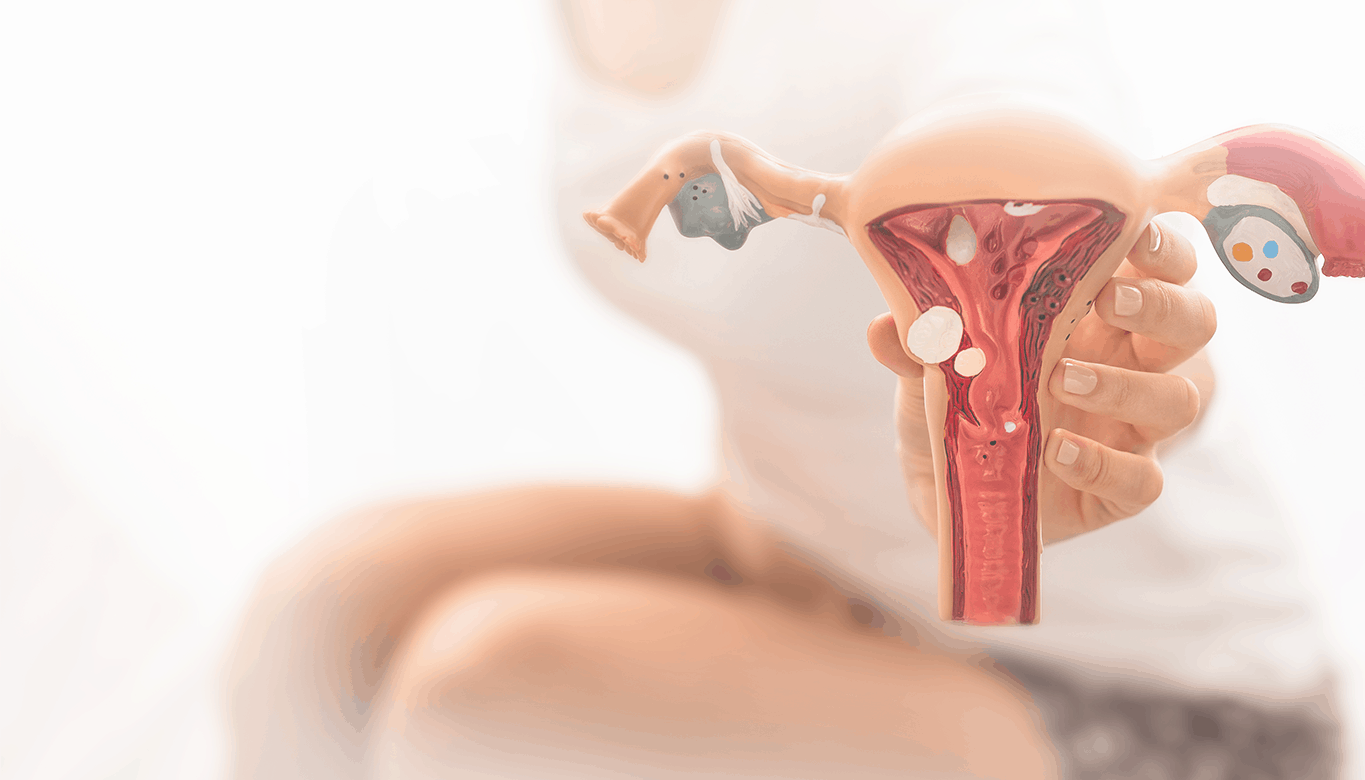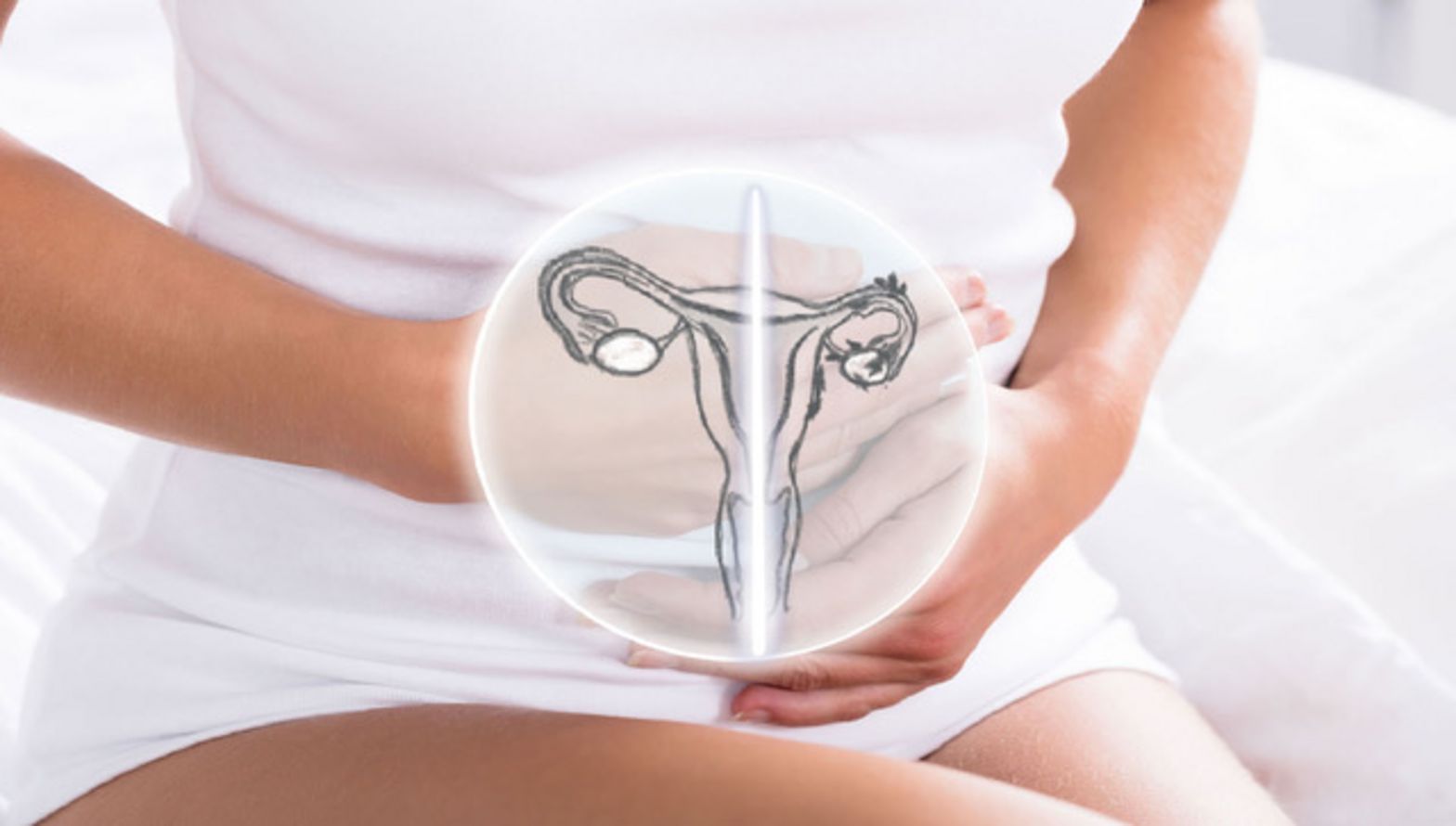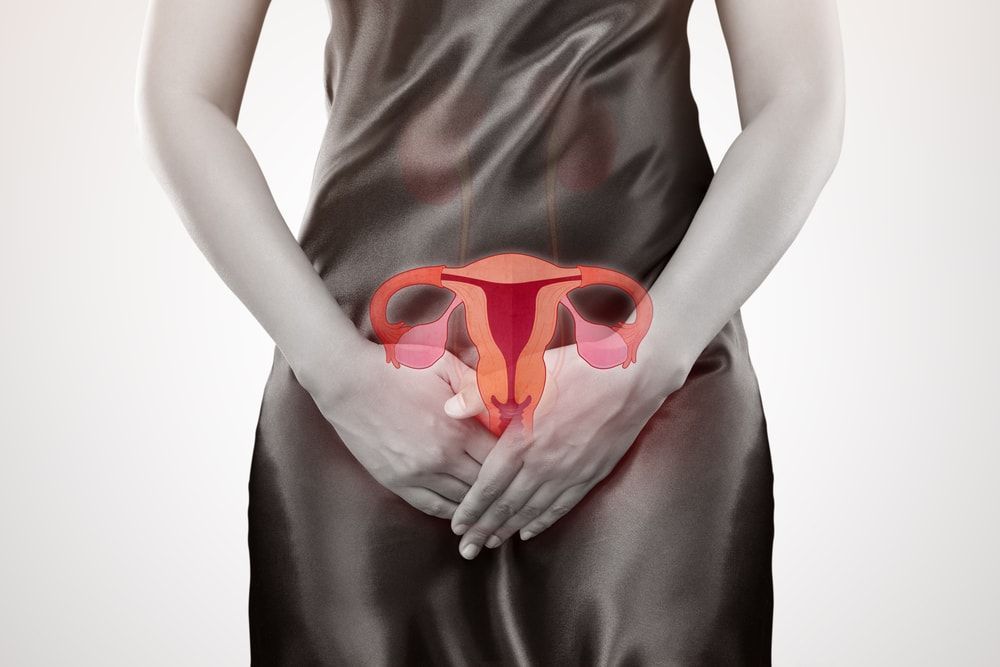What is Endometriosis?
Know what endometriosis is. The causes, main symptoms and hormonal and non-hormonal treatments available for this disease.
What is this disease?
It is a disease in which cells that line the interior of the uterus and are called endometrial cells, grow elsewhere and cause the appearance of endometriosis lesions. These lesions appear most often in the ovaries, tubes, and also in the tissues and organs that are in their vicinity and the uterus, such as e.g. the intestine and bladder. In these sites the lesions infiltrate in greater or lesser depth the wall of these organs and in the most severe cases may even further cause obstruction of the intestine and ureter. More rarely there may be endometriosis lesions in areas further away from the abdomen e.g. in the lung.
The exact causes that cause endometriosis are still unknown, but it is known that it is a disease that is stimulated by female hormones and in which there is an inflammatory process.
What are the most frequent symptoms that should alert women?
Severe and disabling menstrual pain (dysmenorrhea), deep pain with sexual intercourse (dyspareunia) and also chronic pelvic pain not related to menstruation are the most frequent symptoms. These pains are frequent and so intense that they interfere with the quality of life of women both in their profession and in their social and sexual life and should not be considered as normal. More rarely there may be pain related to bowel functioning and urination and even more rarely, blood loss with feces and urine. Infertility is also often associated with endometriosis.
How do you diagnose yourself and how is it?
The gynecologist may suspect endometriosis from the symptoms and alterations he/she sees on the exam, but vaginal ultrasonography and mri are critical for diagnosis.
Treatment should be individualized and adjusted for each case. It usually starts with hormonal medication in the form of the “pill” or other forms such as intrauterine devices with hormones. The aim is to eliminate menstruation and bleeding in endometriosis lesions and thus reduce/eliminate pain.
Surgery should be considered in cases where medication fails and in specific situations such as infertility treatment and when there is a risk of bowel and ureter obstruction. It should be performed laparoscopically (with small incisions in the abdominal wall and with a chamber that allows to see the abdomen) and in the most difficult cases by a multidisciplinary team with gynecologists and eventually other specialties according to the type and severity of the lesions.
Women should not accept as normal intense pelvic pains!
Endometriosis significantly affects the quality of life of women and they should not accept as normal severe and disabling pelvic pain and should seek medical evaluation as soon as possible in order to optimize treatment and enhance their success in controlling the disease.
Dr. Margaret Martin
Especialista em Ginecologia e Obstetrícia Assistente Convidada da FMUP Assistente Graduada em Ginecologia Centro Hospitalar Universitário São João Responsável da Unidade de Endoscopia do Centro Hospitalar Universitário de São João Secretária Geral Sociedade Portuguesa de Ginecologia








